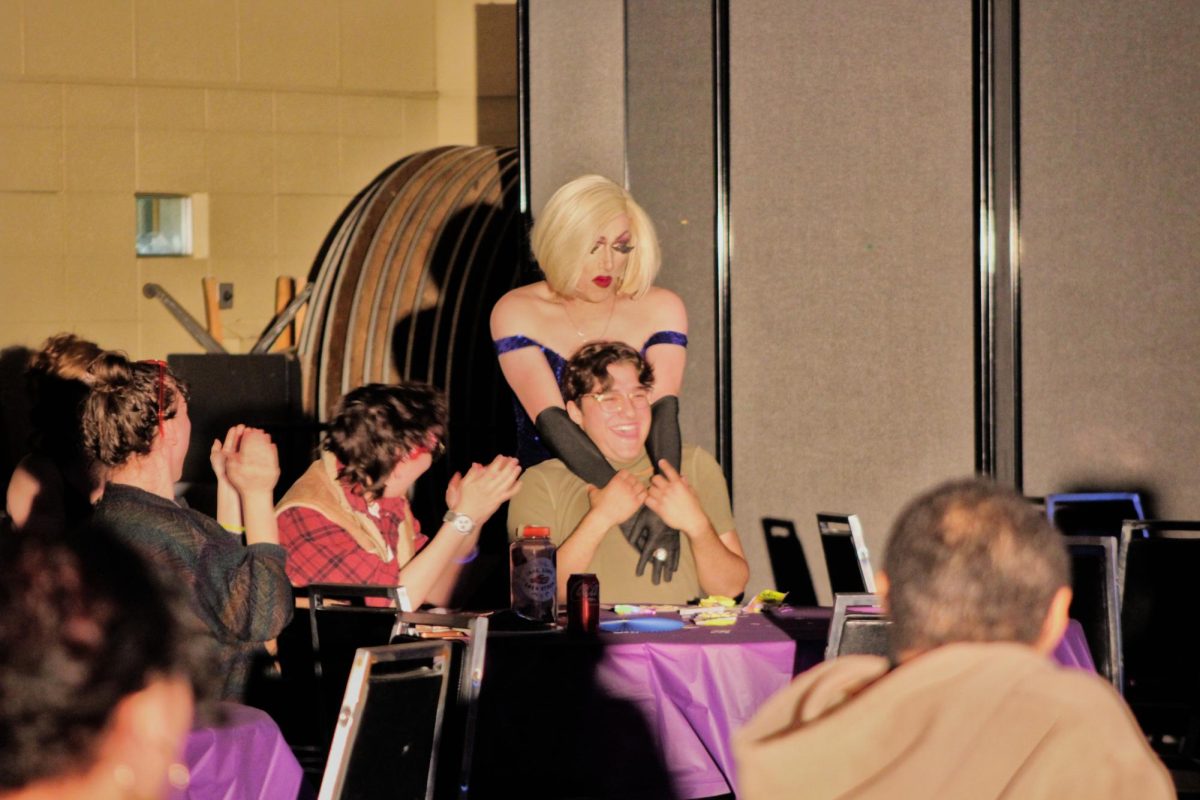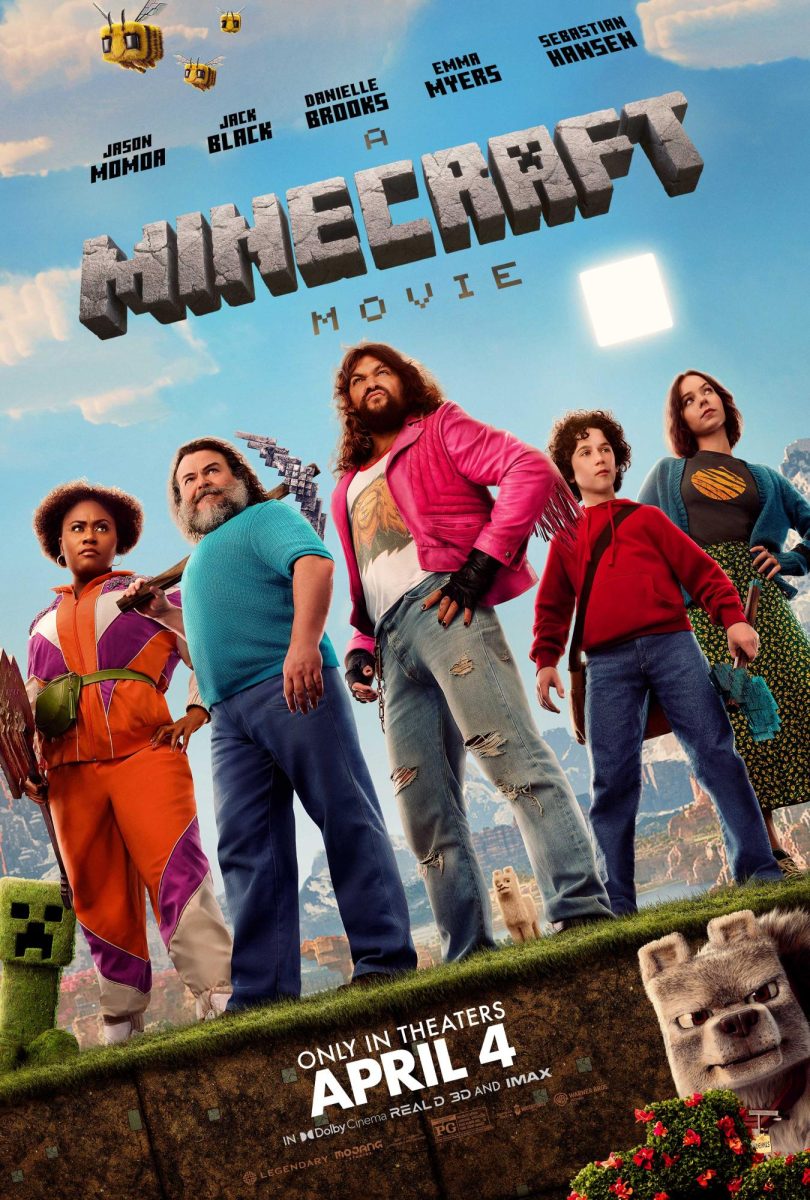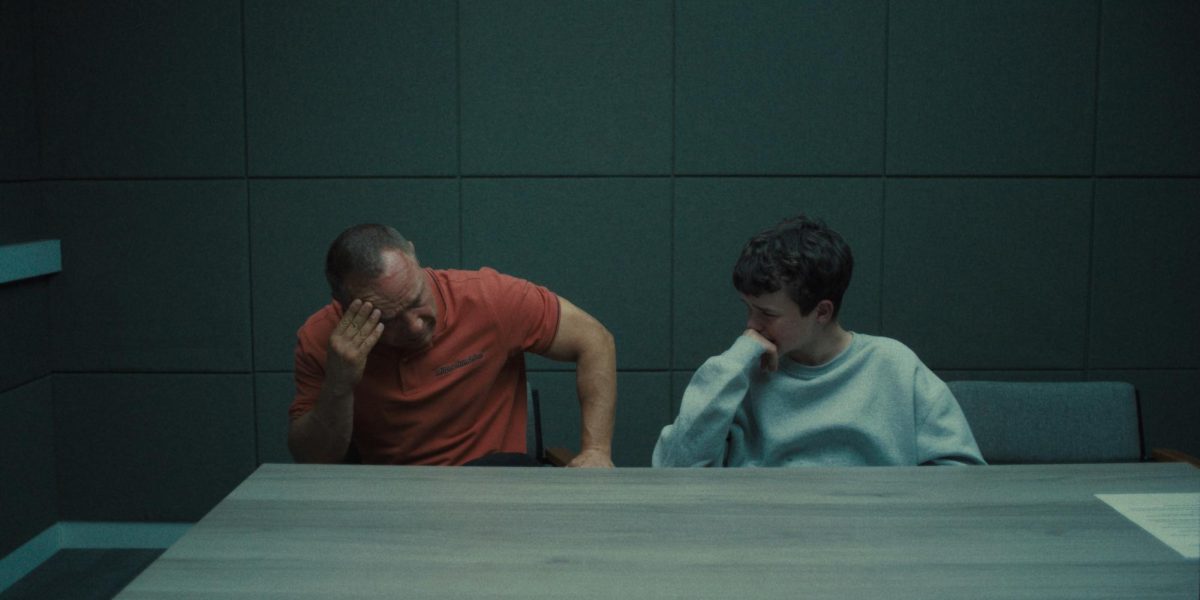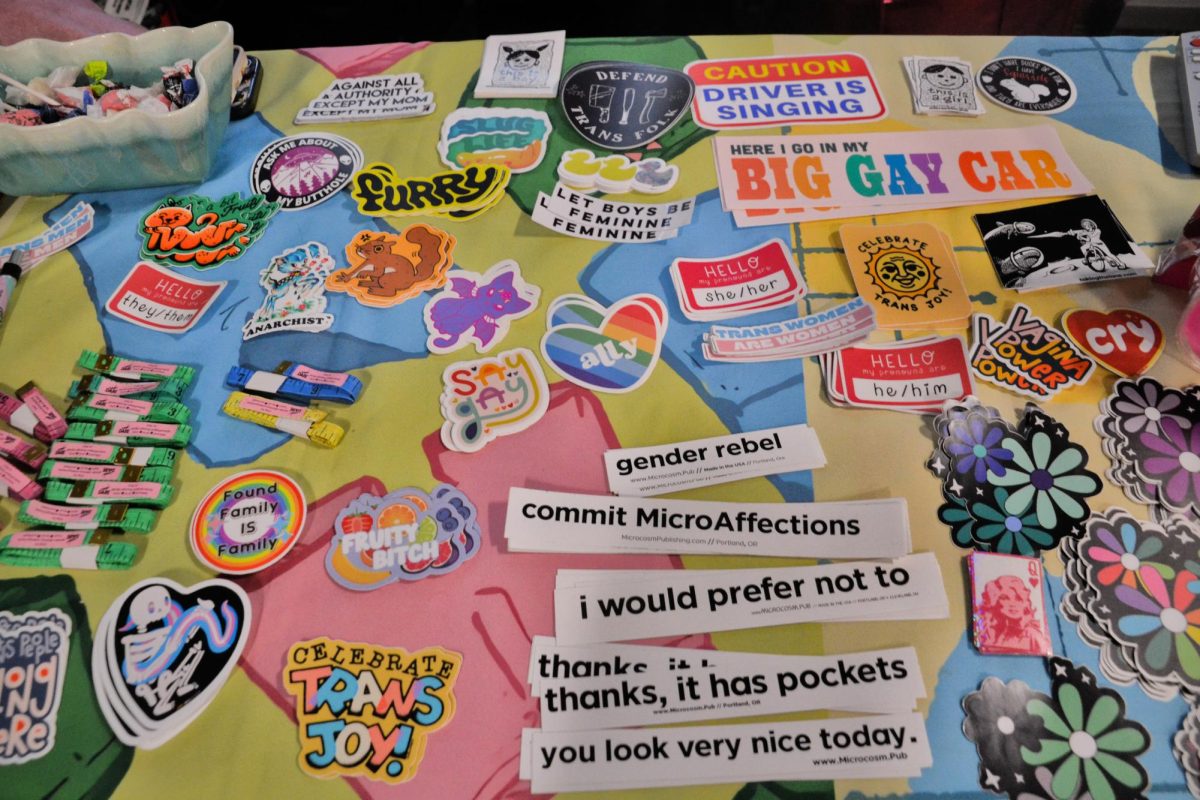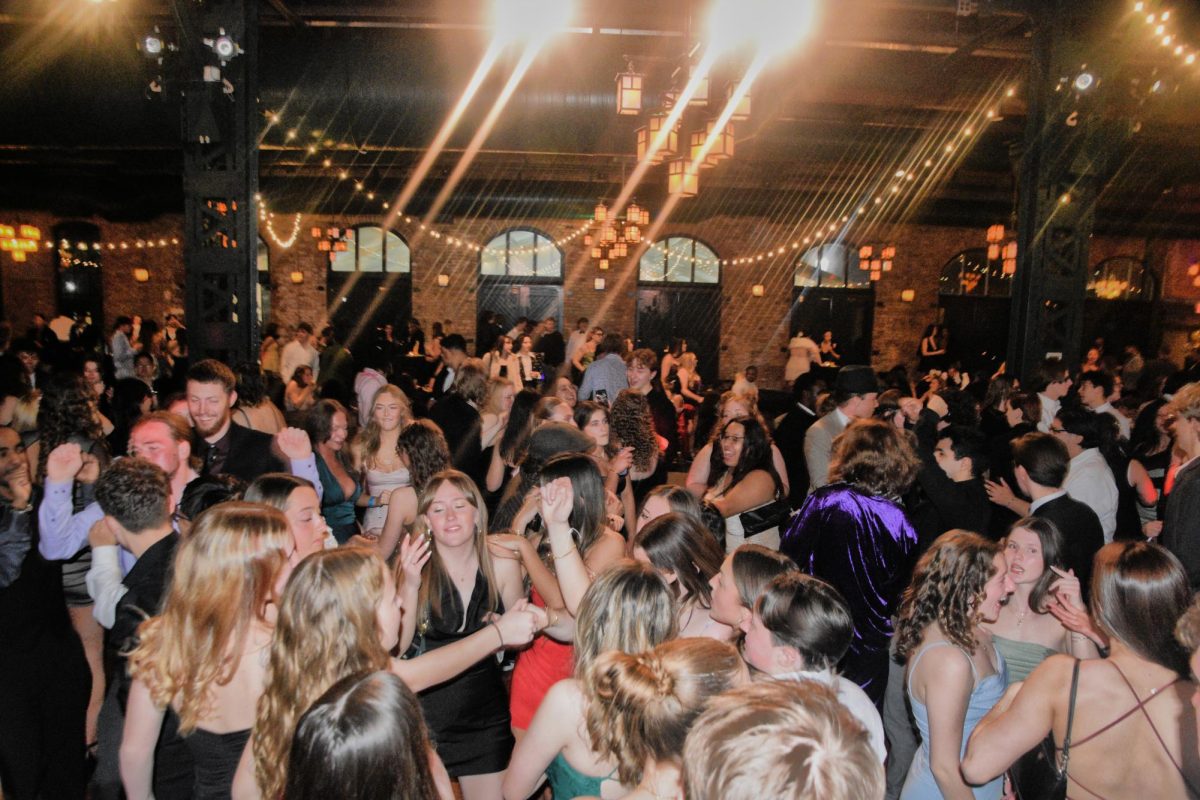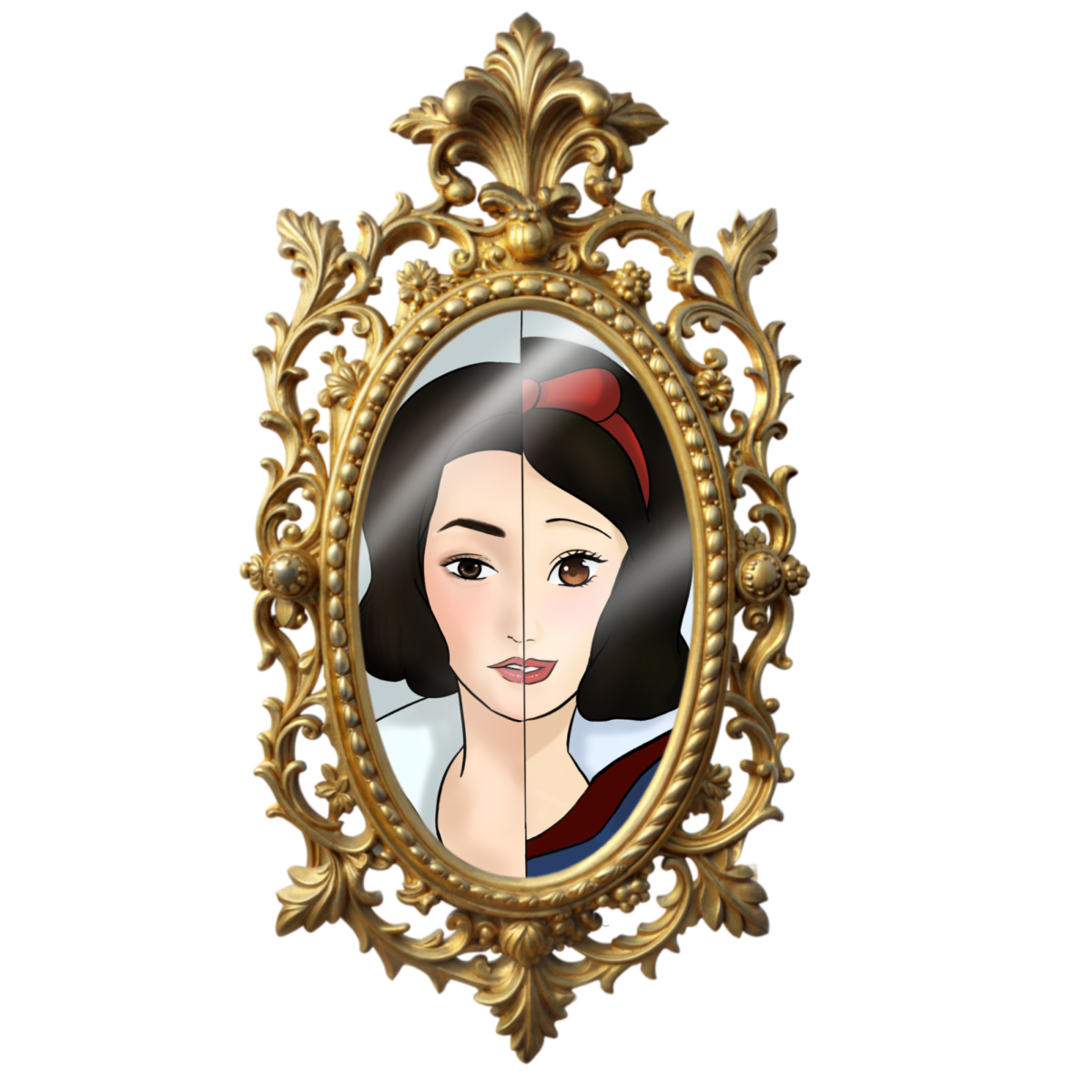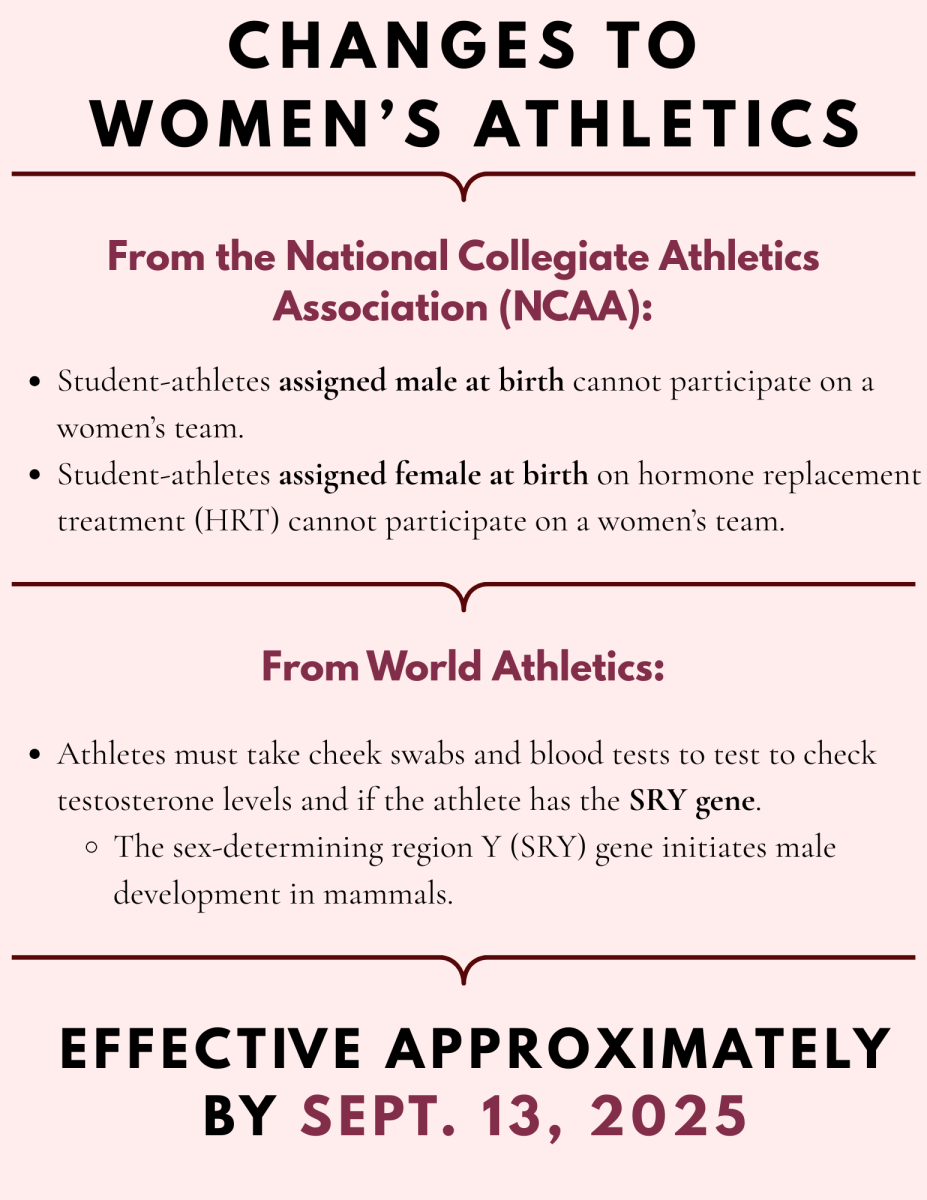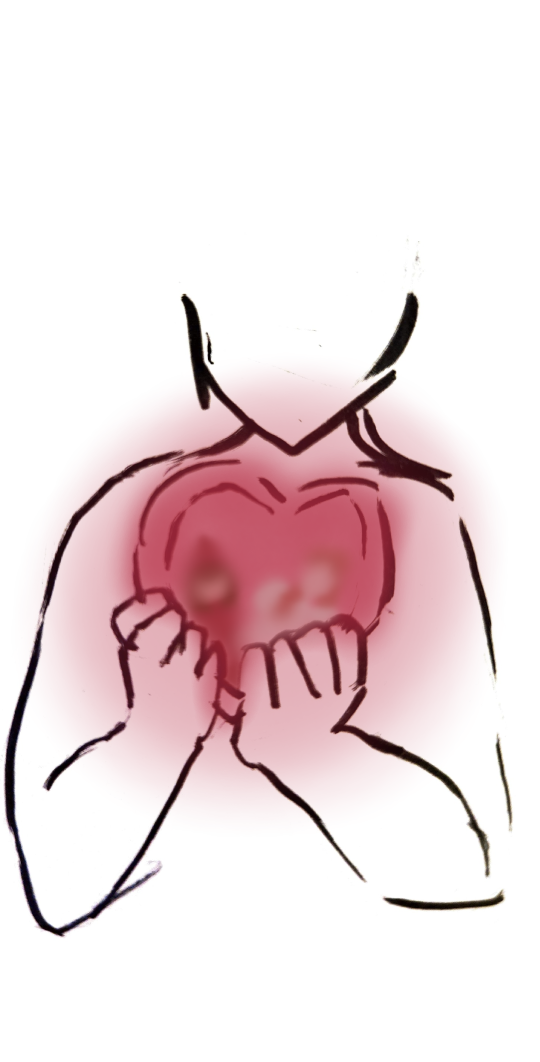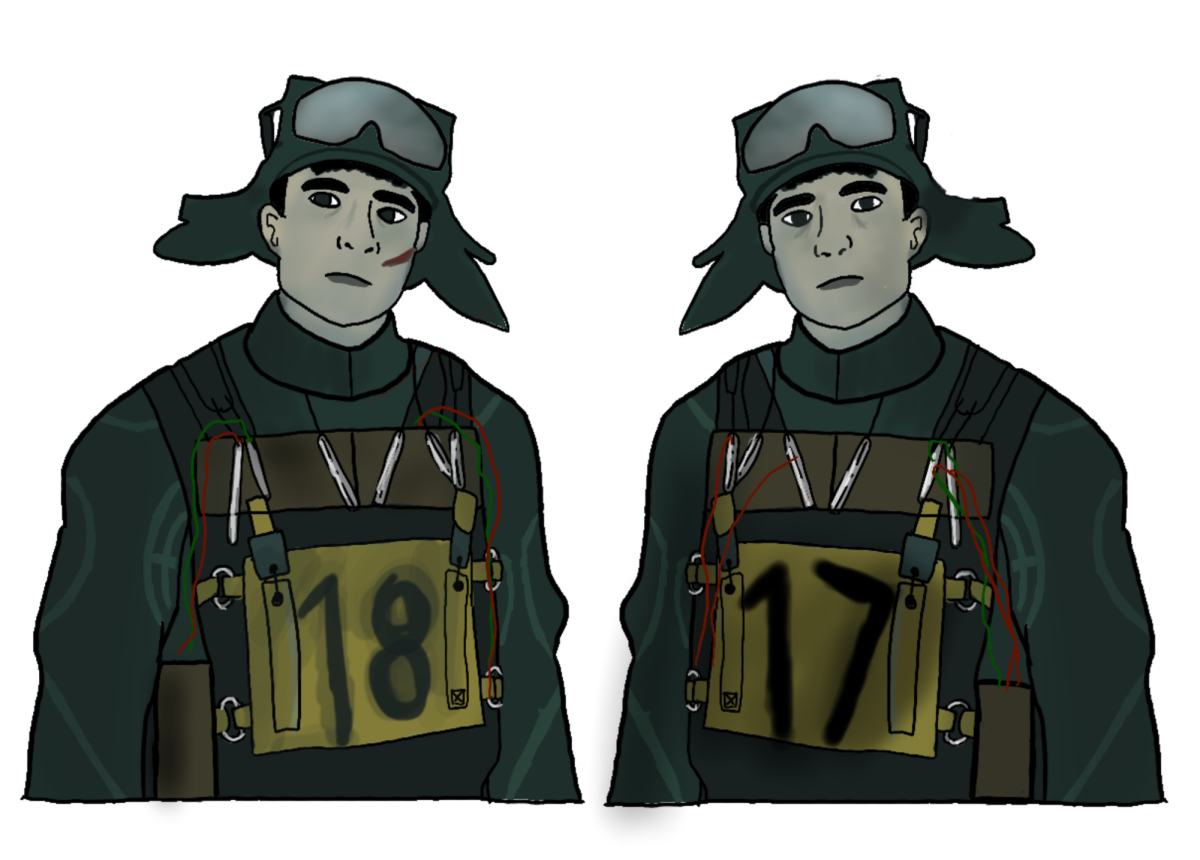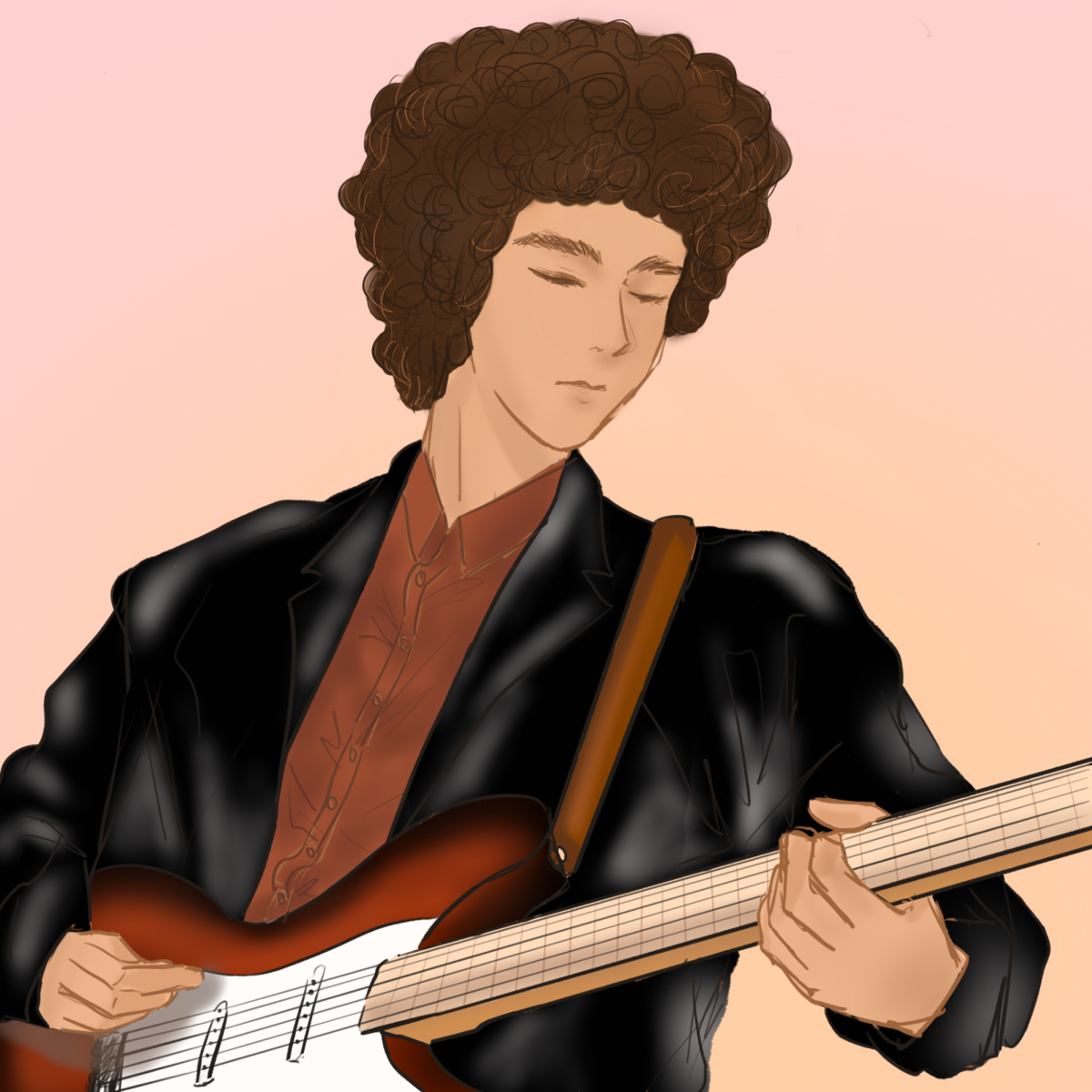“I’m out there, spending too much money on clothes… trying to look like maybe I’m under 30 so somebody will hire me… and you’re sitting in here, whining like an idiot. I will get a job, all right?”
In 1973, after “The Exorcist” broke box office records and became the first horror film to earn a Best Picture nomination, the film’s lead, Ellen Burstyn, was allowed to make whatever movie she wanted. She decided on creating a female centric film that focused on real issues, and after seeing an independent film called “Mean Streets,” she decided to see if its director, a young Martin Scorsese, would be interested in joining her project. The story goes that Byrsten asked him what he knew about women, and Scorsese reportedly responded, “Nothing, but I’d like to learn.” This picture would also mark his first ever Hollywood production, and (sadly) his only female lead feature film.
The plot follows a housewife named Alice Hyatt (played by Burstyn) who lives with her son Tommy (played by Alfred Lutter) and her abusive husband Donald (played by Billy Green Hyatt). Her life is at least financially stable, until Donald dies in a car crash while out on a delivery for Coca Cola. Alice is forced to sell her possessions to pay for the funeral, and she makes the difficult decision to move west with Tommy to try to make a living as a singer in Monterey, California.
They temporarily settle down in Phoenix before moving to Tucson, Arizona, where Alice gets a job as a waiter at Mel’s Diner and befriends a coworker named Flo (played by Diane Ladd in an Oscar nominated role). They bond over their shared hardships, and together work to make their lives a little less bleak.
During the film, Alice also gets into two romantic relationships, a brief one with Ben Eberhardt (played by Harvey Keitel, star of 1992’s “Reservoir Dogs” and 1993’s “The Piano”) and a long-term one with a divorced farmer named David (played by Kris Kristofferson, star of 1976’s “A Star is Born”). Kristofferson’s performance is kind and compassionate, helping give the film a lot of heart.
Byrsten gives an absolutely tour de force performance, completely stealing the scene every second she is on screen. She rightfully won the Academy Award for Best Actress for this film, but was unable to attend the ceremony because of a play that she was in. She asked Scorsese to accept the Oscar on her behalf, and it took him over 30 years to deliver his own Oscar acceptance speech for 2006’s Best Picture winner “The Departed.”
If I had to share one issue I had with the film, it is that Tommy is one of the most annoying child characters I have ever seen in any movie. He is a whiny, petulant, shrill individual who just doesn’t stop talking. There is a scene where he tries to explain a joke about a dog killing an innocent gorilla for five solid minutes, and by the end, I was begging along with Alice for him to simply shut up.
Another notable thing about this film is that it served as the breakout roles for two future Academy Award winning actresses. I was surprised after watching the film, but Tommy’s friend Audrey, who plays guitar, was played by Jodie Foster. Two years later, in 1976, Scorsese cast Foster again for a main role in his next film, “Taxi Driver.” She would also win Best Actress as the star of 1991’s Best Picture Winner “The Silence of the Lambs.” Also, Ladd decided to bring her real-life daughter to set one day, and that little girl eating an ice cream cone would later win the Oscar for Best Supporting Actress for her role in 2019’s “Marriage Story,” Laura Dern.
All in all, the fact that this is Scorsese’s only female lead feature film is a real shame. Here’s hoping that one of his next pictures can follow suit. My final rating for “Alice Doesn’t Live Here Anymore” is a heartfelt 9/10.
Alice Doesn’t Live Here Anymore (1974): Martin Scorsese’s Feminist Masterpiece
Erik Larson, Life Reporter
April 4, 2025
Categories:
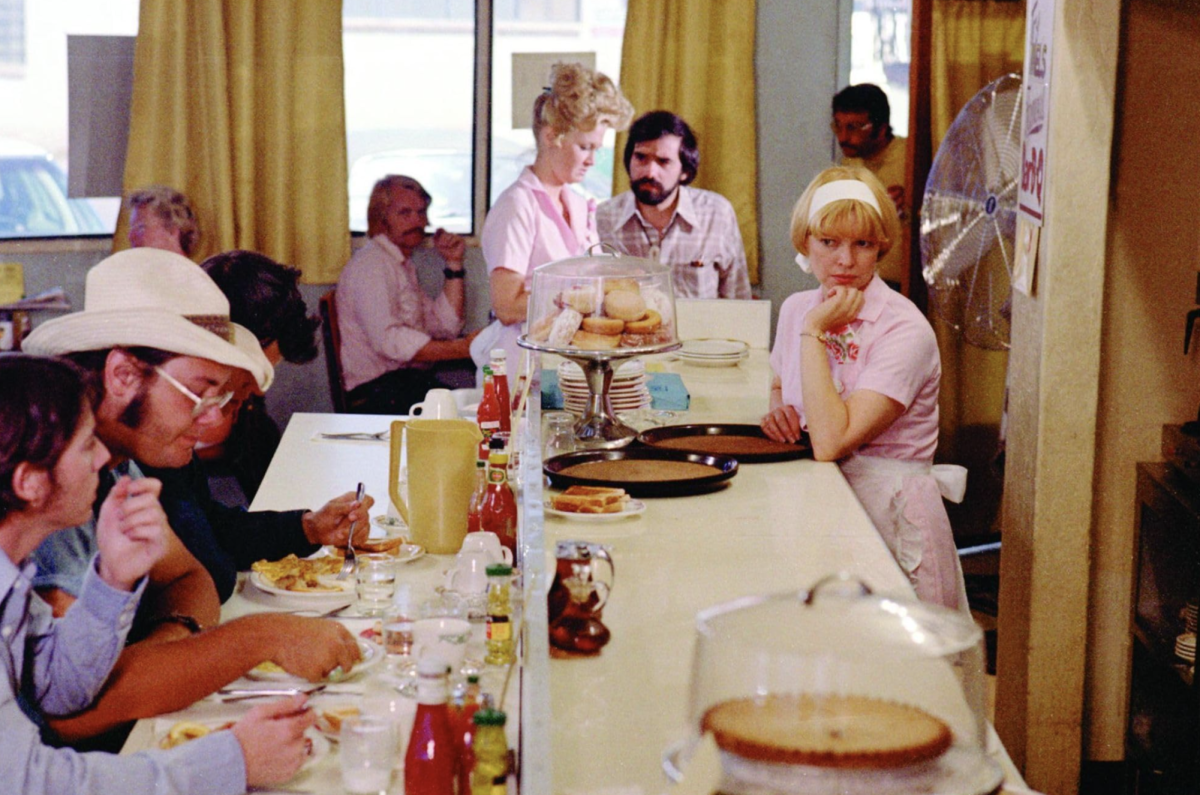
Gallery • 2 Photos
Story continues below advertisement
0
More to Discover


